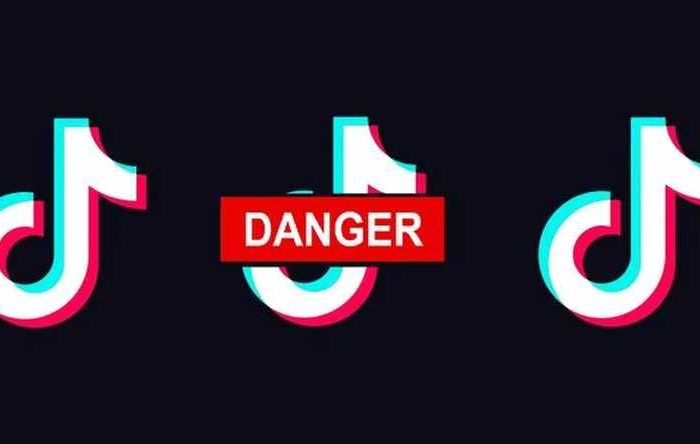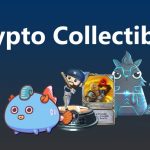Crypto collectibles and NFTs (non-fungible tokens) are the new craze and celebrities like Mark Cuban are cashing in

Bitcoin is the rage these days. As Bitcoin surges past $50,000, the world’s most popular cryptocurrency is getting the attention of everyone around the world. However, NFTs (non-fungible token), also often referred to as crypto-collectibles, are terms you’ve probably never heard of. NFT is a new crypto buzzword that everyone is talking about.
Various projects are currently experimenting with NFTs for a variety of use cases, including crypto art (rare art), crypto-collectibles, digital identity, licensing, certificates, even fine art, and unique virtual tokens that can represent anything from digital and rare art to sports memorabilia. Besides, NFT can even allow fractional ownership of high-value items.
Before we explain what NFT is, it is important you understand what the term fungibility is. Fungibility is the “ability [able] to replace or be replaced by another identical item.” Fungibility basically means that an asset’s individual units are interchangeable and essentially indistinguishable from each other.
For example, fiat currencies like the U.S. dollar are fungible, because each unit is interchangeable with any other equivalent individual unit. A $5 note is fungible or replaceable even though it may have a unique serial number on it. The serial number may make it unique from a Federal Reserve viewpoint, but that $5 can easily be replaced by another $5 note. So, unlike cryptocurrencies, where all tokens are created equally, non-fungible tokens are each unique and limited in quantity and are thus not mutually interchangeable.
NFT (non-fungible token) is a type of cryptographic token on a blockchain that represents a unique digital asset. This asset can either be entirely digital assets or tokenized versions of real-world assets. Because NFTs are not interchangeable with each other, they may function as proof of authenticity and ownership within the digital realm, for example as proof of the authenticity of rare art.
You may be thinking, maybe I should just create my own NFT. Not that fast. The creation and issuance of NFTs are governed by various standard frameworks. The most prominent one is ERC-721, a standard for the issuance and trading of non-fungible assets on the Ethereum blockchain.
As crypto-collectibles become more popular, celebrities are also taking notice. People are now paying hundreds of thousands of dollars to own them. CryptoKitties, one of the original NFTs, generated $433,454 in sales in the past week, according to the NFT marketplace NonFungible.
According to a report from CNBC, one investor by the name of Sheldon Corey from Montreal, Canada, told paid $20,000 for one of the thousands of computer-generated avatars called CryptoPunks. Similar to trading rare cards, crypto investors said that NFTs derive value from their scarcity.
Other celebrities like Lindsay Lohan and Mark Cuban and are cashing in on the NFT craze. Per CNBC, Lindsay Lohan and billionaire Dallas Mavericks owner have recently sold NFTs. Cuban auctioned digital goods online and owns some himself. Cuban is not alone.
NBA Top Shot, a platform created by Dapper Labs in partnership with the basketball league, attracted $147.8 million in sales in the last seven days, according to NFT data tracker CryptoSlam. The service lets users buy and sell short clips showing match highlights from top basketball players.
According to NFT data tracker CryptoSlam, an NBA Top Shot video highlight featuring LeBron James recently sold for a record $208,000.
https://twitter.com/nba_topshot/status/1363969592779890690
“But sales can be volatile — NBA Top Shot and CryptoPunks trades have dropped in the last 24 hours,” CNBC Ryan Browne warned.
Meanwhile, The crypto-collectibles market is currently in billions of dollars. You can buy, sell and even trade NFTs. Below is the total non-fungible token sales volume by quantity, cryptocurrency, and USD value at the NonFungible website.


